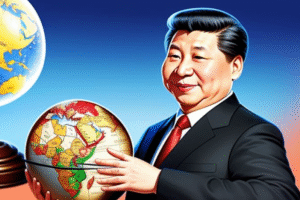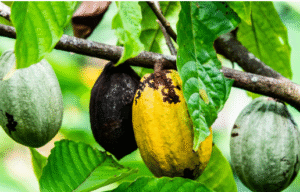$HOG $CORN #HogsNews #LeanHogs #FuturesMarket #Agriculture #USDA #CME #HogPrices #MarketTrends #CommodityTrading
Why Are Hog Prices Fluctuating This Friday? Discover What’s Driving the Market!
In today’s hogs news, the lean hog futures market is experiencing a mixed bag of results at midday. Contracts are fluctuating, with some contracts rising by 45 cents while others are declining by up to a dime. This volatility reflects ongoing dynamics in the agricultural sector, particularly as traders assess the latest reports and market indicators.
The USDA’s national base hog report, released on Friday morning, reported prices at $104.94 per hundredweight, marking a decrease of $1.63 from the previous day. This decline might seem modest, but it is significant when considering the broader trends affecting the market. The CME Lean Hog Index, which provides insights into market pricing, also saw a drop of 16 cents on September 17, settling at $105.70. Such fluctuations suggest a cautious market sentiment as participants weigh the implications of supply and demand.
Understanding Market Dynamics
Several factors contribute to the current state of hog prices. First, seasonal trends are often a driving force in agriculture. As autumn approaches, demand for pork products typically shifts, influenced by consumer preferences and seasonal eating habits. Moreover, the recent USDA reports reflect changes in livestock supplies, which play a critical role in price determination.
Another key factor is feed costs. As corn prices fluctuate, they directly impact the cost of raising hogs. When feed becomes more expensive, producers may scale back on herd sizes or adjust their pricing strategies, leading to further price volatility in the market. This interconnectedness between feed costs and hog prices is something traders closely monitor.
Impacts of External Influences
Geopolitical events and international trade policies also exert influence over the hog market. Any changes in tariffs or trade agreements can affect export opportunities for U.S. pork producers. For instance, if tensions arise with key trading partners, it could lead to shifts in demand, thereby impacting prices domestically. Hogs, like other commodities, are not immune to the rippling effects of global economic conditions.
Furthermore, consumer attitudes toward meat products are evolving. The rise of plant-based diets and health-conscious eating can affect pork consumption patterns, creating additional layers of complexity for hog producers and traders alike. Understanding these trends is essential for anyone looking to navigate the futures market successfully.
Looking Ahead: What’s Next for Hog Futures?
Investors and traders will continue to keep a close eye on the upcoming USDA reports and market indicators. As prices remain in flux, it is essential to stay informed about the latest hogs news and market developments. By understanding the underlying factors driving price changes, traders can make more informed decisions.
In conclusion, the current fluctuations in hog prices reflect a complex interplay of seasonal patterns, feed costs, geopolitical influences, and evolving consumer preferences. As the market continues to adapt to these changes, staying updated on the latest trends will be crucial for anyone involved in hog trading. For more insights into market trends, explore our dedicated stock section.











Comments are closed.